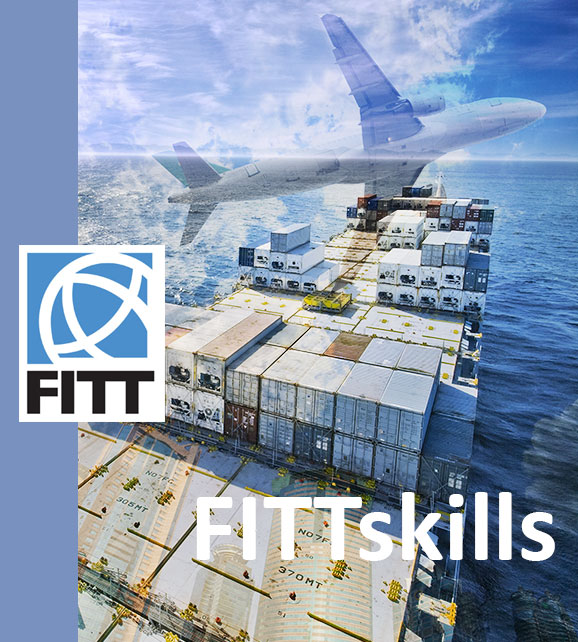A vital step in managing your international risk is identifying the potential risks your firm could face in target foreign markets. These risks can be categorized in a general way as affecting property, income, liability and personnel. Risks can also be categorized by economic and political exposure.
The following is a checklist of the basic risks encountered in any business venture. This isn’t intended as a comprehensive or exhaustive list, as much depends on the specific circumstances of your business. It also isn’t meant to discourage you and your company from entering new markets. It is, however, a useful way of stimulating your thinking about possible threats to your company’s business operations. And by identifying these threats, you can start planning how they can be managed or mitigated.
External threats that are unpredictable and uncontrollable:
- Regulatory (unanticipated government intervention);
- Natural hazards (storms, floods, earthquakes, etc.);
- Accident, vandalism or sabotage (e.g. tampering with medicines);
- Unanticipated environmental or social impacts as a result of the venture;
- Failure to complete project because of failure in infrastructure, design, financing (bankruptcy of one of the parties), or planning;
- Failure because of political unrest; and
- Threats to health or public safety from contamination or disease.
External threats that are predictable but uncontrollable:
- Market risks (availability of inputs, cost fluctuations, competition, honouring of agreements);
- Operational (maintenance, suitability, safety);
Environmental or societal impacts of the company’s activities; and - Currency fluctuations, inflation, changes to taxation.
Internal threats that are non-technical but generally controllable:
- Management (insincerity, incapacity, inadequacy, loss of control, incompatibility of goals, staff changes, inappropriate structure, poor policies, inadequate planning, unrealistic scheduling, no coordination);
- Excessive reliance on one individual for a critical part of the project (especially in smaller firms);
- Human error (e.g. confusing Imperial and metric systems of measurement);
- Delays due to regulatory approvals, labour shortages, poor productivity, work stoppages, material shortages, late deliveries, unforeseen conditions, accidents, sabotage, start-up problems;
- Cost overruns due to delays, inappropriate procurement, pay negotiations, poor management, contractor claims, under-estimates;
- Cash flow squeezes, interruptions or insolvency; and
- Loss of profits or other benefits arising from other risks.
Internal threats that are technical but generally controllable:
- Changes in technology render part of the venture obsolete, parts are discontinued, competitors introduce better technologies, new technologies are too complex;
- Technology does not perform as required in terms of error rates, crashes, stability, reliability, etc.;
- Technology is not able to fulfill the role expected of it in products, processes, logistics, delivery, marketing, service, etc.;
- Design problems arise because of poor information, inexperience, an inadequate process, lack of detail, too many change requests, or a conflict between design and execution; and
- The overall complexity is beyond the management capabilities of the organization.
Legal threats that are generally controllable:
- A company’s licenses and patent rights are not respected: IP is copied by others because of inadequate legal protection;
- Contractual difficulties due to misinterpretation, misunderstanding, inappropriate contracting strategy, wrong contract type;
- Outsider or insider suits;
- Suits against competitive practices or monopolies; and
- Force majeure.








disqus comments